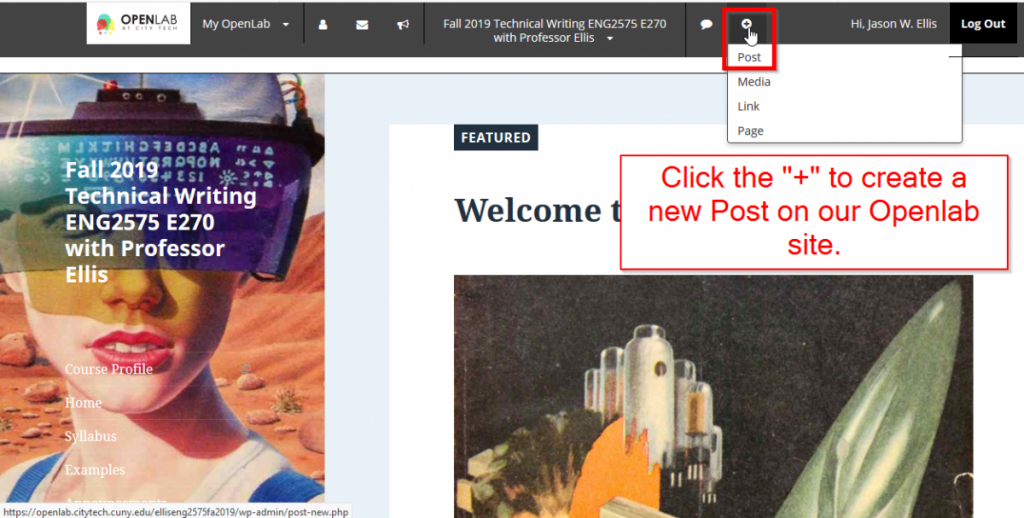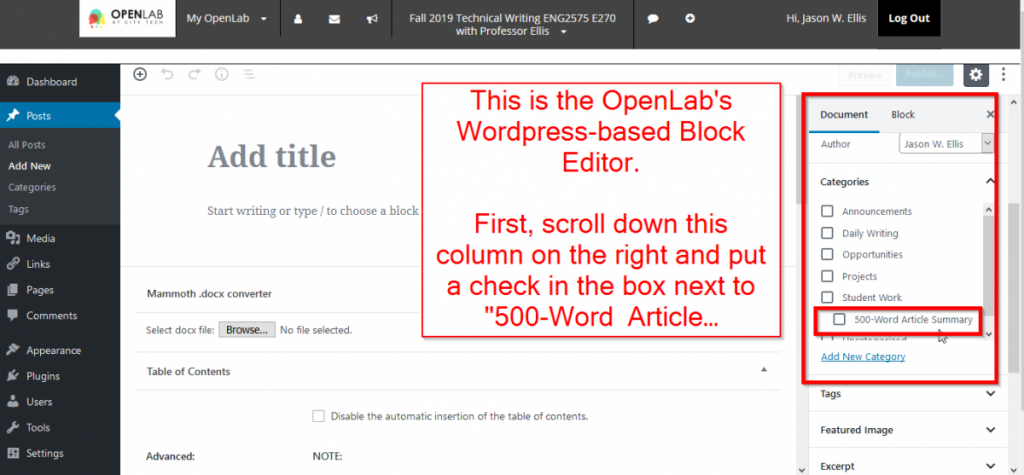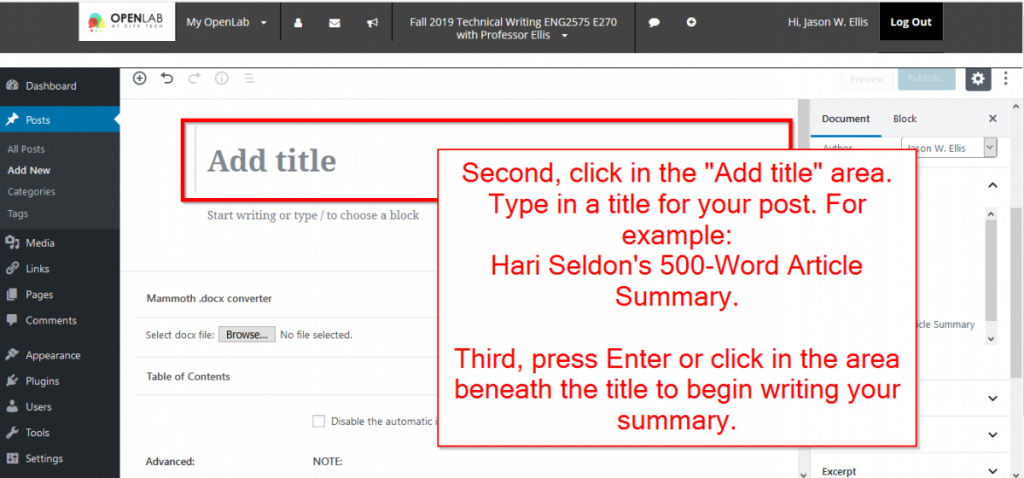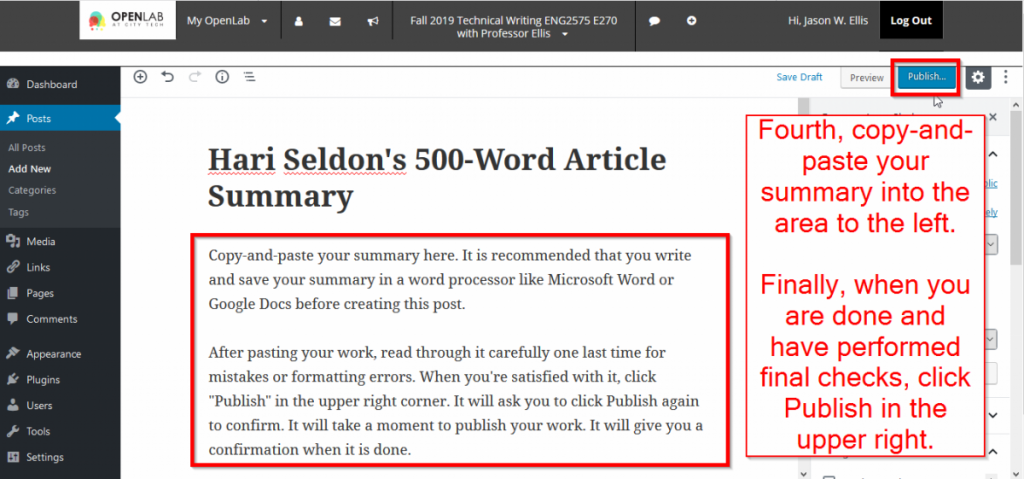To:Profesor Ellis
From:Karmoko Sillah
Date:09/17/2019
Subject:500 word summary of Fang’s “A physiological and behavioral feature authentication scheme for medical cloud based on fuzzy-rough core vector machine”.
Liming Fang’s article “A physiological and behavioral feature authentication scheme for medical cloud based on fuzzy-rough core vector machine” on medical cloud computing and its importance on the impact of cloud storage to medical facilities.
`Cloud storage is used all across the globe in order to store important information through technology. It allows for institutions and individuals to securely store information . With cloud data comes security risks such as hacking. Because cloud is an online storage system, hackers tend to try to find ways to break into it and steal very important and valuable information. Medical institutions are the main institutions that are liable to be attacked due to the important information such as hospital records that it stores on its databases. The author states, “Although cloud storage provides convenience for media data sharing, it suffers from potential security attacks. In recent years, cloud storage data theft occurred frequently, so it is necessary to improve the security of cloud data storage” (Fang, 2019 p. 5).
According to the article, the medical system consists of three main categories which are data collection, analysis, and storage. These three things are what collect and hold medical data. ALl three of these things must work together. Without data collection hospitals are unable to collect medical information and then store them in databases. With this data collection, comes security. Computer security is essential to the assurance of data integrity. This article details the fact that doctors and other hospital personnel are liable to be victims of attack because they use simple account logins which can be breached by outside attackers anytime. Data leakage is more liable to happen. The author(s) offer an approach to improving security authentication mechanisms through what is called fuzzy-rough approach.
This fuzzy-rough approach was implemented through a simulated attack environment with real life participants, which uses various tests to see whether an actual employee of a medical institution is trying to access data, or an outside entity is attempting to gain unauthorized access to the system. In order for this approach to be put into place, researchers had started looking into the physiological and behavioral features of doctors that could be used as authentication. According to the article, the fuzzy-rough approach is highly efficient and reliable making it the best option for medical institutions. This fuzzy rough approach would essentially become a means of increasing security while at the same time enhancing authentication methods. This approach basically looks to create new authentication methods for doctors and other hospital personnel to use in order to identify themselves to the cloud system and then gain access. It would basically be much more advanced than biometric and fingerprint tough authentication methods. A machine called the “Fuzzy rough core vector machine” is what is going to be built which bought in gesture based authentication methods increasing and enhancing security. I found this article very persuasive because the author first identified and described the problems surrounding cloud data such as its security risks. Then he talks about he and his team’s research , and the benefits that it could bring.
Reference:
Fang, L. (2019, August 9). A physiological and behavioral feature authentication scheme for medical cloud based on fuzzy-rough core vector machine. Retrieved from https://www.sciencedirect.com/science/article/pii/S0020025519307546?via=ihub






